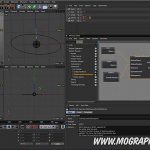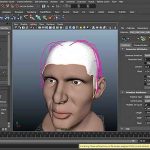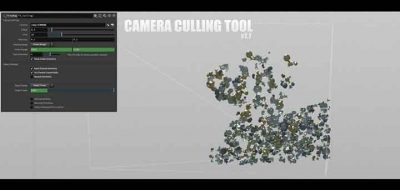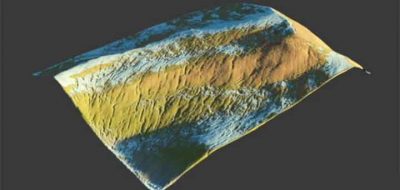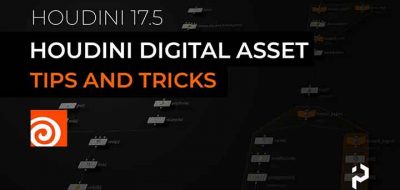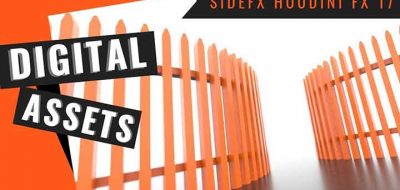Visual FX artist and Interactive Designer Ari Danesh hosts a new tutorial series looking at developing digital assets in Side FX Houdini. The digital asset in Houdini can wrap the functionality of any nodal network.
It can be anything in the application really, be it a character, a particle system, a light, or even a compositing effect. An asset can be any item you want to build as a reusable tool that has a custom artist-friendly user interface, and handles.
Digital Assets can be used in Houdini or used in the Houdini Engine for other applications such as Autodesk Maya.
Creating Digital Assets
To build am Asset in Houdini, you can create a custom node, and then identify which parts of the existing network needs to be promoted to the User Interface of the Digital Asset. You can then install and manage different versions of the Asset using the Operator Type Libraries (OTL’s).
a good introduction to learning how to asset-ize Houdini networks which is essential for the Technical Director
Ari provides an in-depth look at Assets and walks through the Type Properties Panel, which is the central focus for creating DA in Houdini.
Ari shows various methods for linking and embedding icons into the user interface to make it a truly custom piece. He walks through creating all the parameters that you need in and out of the network, from scratch, shows how to create menus and the workings of toggled items.
The asset will be complete with Guide Geometry and handles that can manipulate the Asset in the viewport. The asset can even have comments, tools, tips and even help cards to round out the functionality.
You are able to use the FREE Houdini Apprentice edition to follow along with the series, and download the scene files here.
Going Further With Digital Assets in Side FX Houdini
Previously Side FX’s Senior Production Consultant Judith Crow took a look at Houdini Digital Assets that had a particular focus on how and when they are used in production: Houdini Digital Assets, The Foundation for an Effective Pipeline.
There was also a posting on Creating a Building in Houdini and Converting it Into a Procedural Model, showing how to wrap up the components of a procedural model into a digital asset. and Similarly, Procedurally Modeling Hoses and Pipes in Houdini.
We can also see how to child a light rig into a digital asset with the post, Creating a Light Rig in Houdini Using Python.
There is also a look at creating assets for Shader systems, with Using Custom Shaders and Shader Development in Houdini

